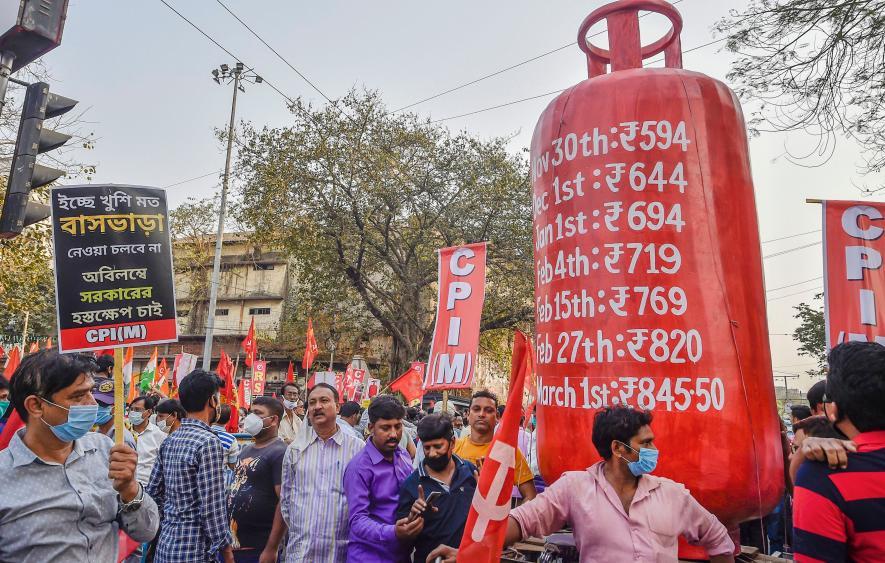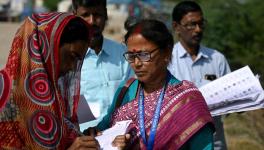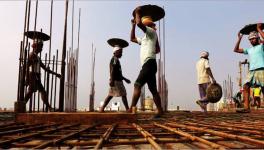West Bengal Leaps Forward in Inflation Lags Behind in Daily Wage Rate

Representational Image. Image Courtesy: PTI
Kolkata: West Bengal has a significantly higher inflation rate than the national average but falls behind when it comes to the daily wage rate.
Reserve Bank of India has recently published the Economy of States 2022-23 report, which highlighted the shortcomings of the Mamata Banerjee-led government in these areas.
Released on November 15, the report utilises the Consumer Price Index (CPI) to illustrate inflation statistics in each state. However, the pending issue of Dearness Allowance (DA) for state government employees and the wage rate of daily earners are intertwined with inflation.
In 2022-23, West Bengal's inflation rate stood at 7.1%, while the national average was 6.7%. Nonetheless, inflation continues to persist across India. In 2014-15, when Narendra Modi became the Prime Minister, the national inflation rate stood at 5.9%, while West Bengal's rate was 5.4%.
According to the RBI, West Bengal's inflation rate exceeds the national average. Presently, West Bengal holds the 8th position nationwide in terms of inflation, a considerable change from its 30th position in 2014-15 among the 35 states and centrally administered areas of the country.
Professor Ishita Mukherjee from Calcutta University highlighted that West Bengal's heightened inflation rates, particularly in food grains and vegetables, have been a recurring trend in recent years. Speaking to NewsClick, she said the state lacks active price administration mechanisms, leading to consistently high prices of essential commodities like onions. However, these elevated prices do not benefit the producers; a small number of middlemen reap substantial profits. Mukherjee believes this failure lies with the West Bengal government.
Additionally, Mukherjee stressed the declining arable land used for food grain and paddy cultivation, a notable shift from the earlier times of the Left Front Government, which excelled in producing major food grains in the country. This decline in production necessitates importing a significant portion of crops from other states, further contributing to inflation.
The RBI's data reveals a reduction in the state's cultivated land for food crops. In 2022-23, agricultural activity was conducted in 62,38,200 hectares, a decrease from 63,61,300 hectares in 2018-2019. Notably, the areas for paddy cultivation have significantly shrunk from 55,12,600 hectares in 2018-2019 to 51,82,900 hectares in 2022-23.
Simultaneously, concerning daily wage rates, West Bengal lags behind the country's average for agricultural labourers, with an average daily wage of Rs 323.70. The state currently ranks 13th nationwide. In 2014-15, the average daily wage for agricultural labourers was Rs 216, placing the state in the 9th position.
Similarly, for construction workers, the current average wage stands at Rs 340.60, down from Rs 229.70 in 2014-15, leading to a decline in rank from 15th to 17th position. Kerala leads in this category with Rs 852.50, followed by Tripura, Odisha, and Madhya Pradesh. Interestingly, Bihar and Uttar Pradesh have surpassed West Bengal in offering better wage rates within this timeframe.
Get the latest reports & analysis with people's perspective on Protests, movements & deep analytical videos, discussions of the current affairs in your Telegram app. Subscribe to NewsClick's Telegram channel & get Real-Time updates on stories, as they get published on our website.
























